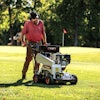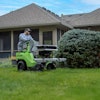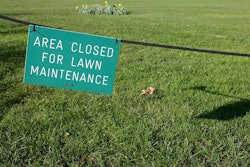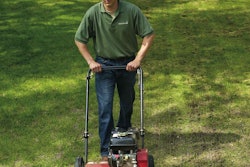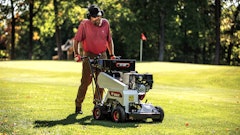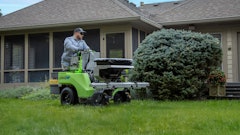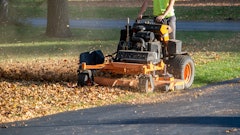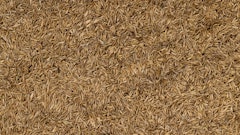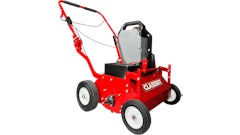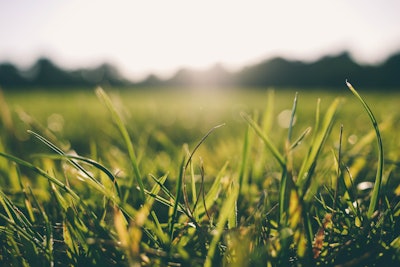
1. Work with Nature
If you sow grass seed that suits the conditions of your area, the lawn is less likely to need pampering—constant watering, feeding, pesticides and so forth. For instance, if your area has very dry summers, choose a drought-tolerant grass mix. This makes sowing grass seed a better organic option than laying turf as you can choose the seed mix that suits your specific requirements. An independent seed supplier can advise on cultivars that do well in a wide range of situations from shade, heat, cold, soils with low fertility to areas lashed by salt winds or subject to heavy use.
2. View Weeds Differently
As the old saying goes, a weed is just a plant growing in the wrong place. Learn to live with a lawn that is a mix of turf grass and smaller weeds. Some, like clover, add nitrogen to the soil and provide nectar for bees. Put your energy instead into the hand removal of large invasive weeds such as dock and dandelion (although many organic gardeners like dandelions as they attract beneficial insects to the garden). Some gardeners recommend simple, old-fashioned tools such as a screwdriver or Wonder Weeder for removing deep-rooted lawn weeds, or you could go for one of nifty new tools on the market such as the four-prong weed puller from Fiskars.
3. Improve Aeration
Badly drained soils mean little air is penetrating into the soil, inhibiting grass growth, and encouraging fungi and moss. A simple solution is to aerate the ground with a garden fork, making a series of holes around 8 to 10 cm deep in the surface of the lawn. For really heavy or hard soils, invest in or hire a hollow tine or core aerator machine, and sweep sand into the cores you take out. Even for moderate soils, this process improves lawn health, especially if you add compost and top soil to the holes. For best results, do this after rain when the ground is soft.
To read the full original article, please click here.
